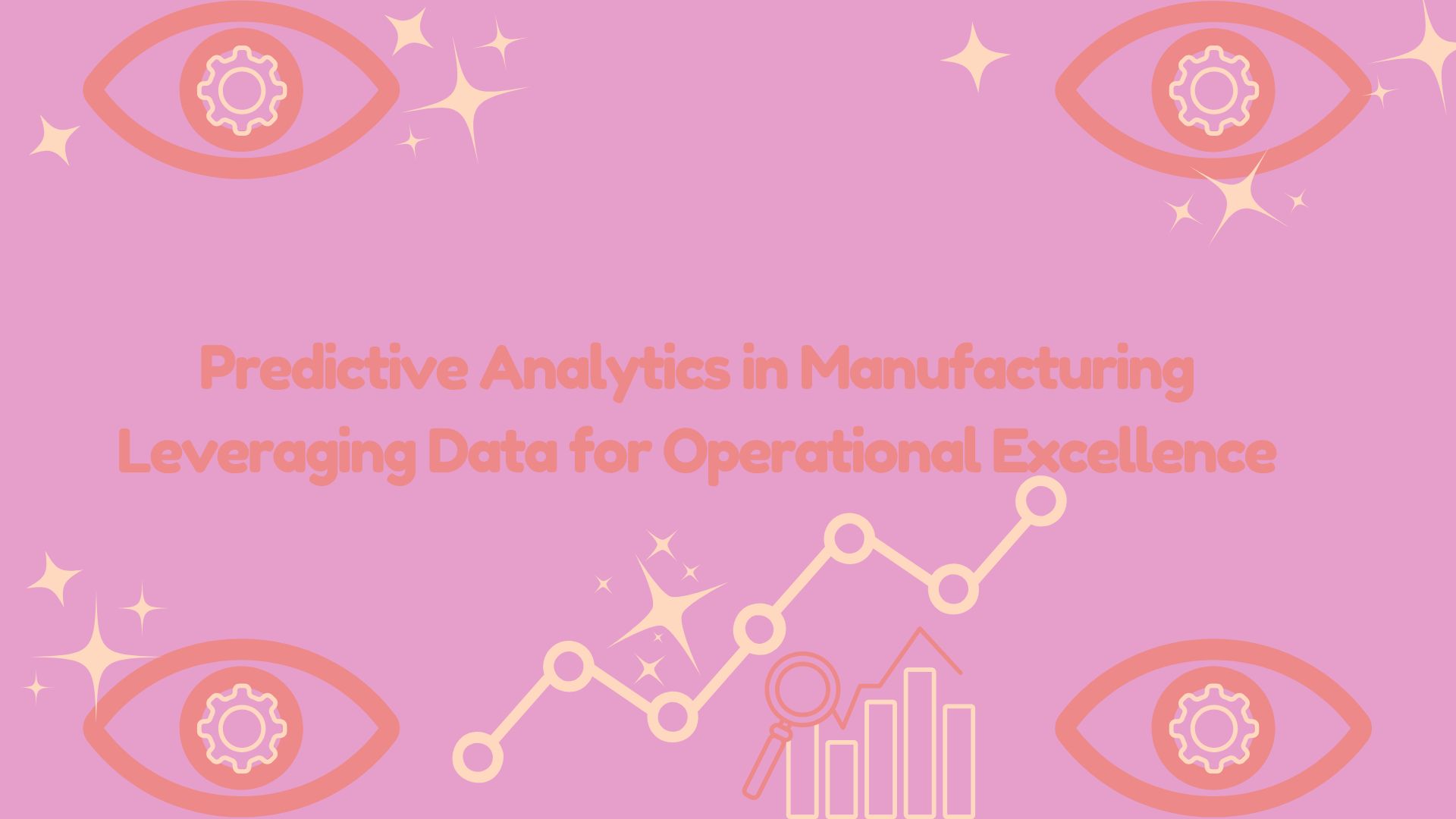Predictive analytics is transforming manufacturing by enabling companies to leverage data for improved decision-making and operational efficiency. This technology uses historical data, machine learning algorithms, and statistical techniques to predict future outcomes and trends, offering a proactive approach to managing manufacturing operations.
Key Benefits of Predictive Analytics
- Enhanced Decision-Making: Predictive analytics provides actionable insights, helping manufacturers make informed decisions based on data rather than intuition. This leads to better strategic planning and resource allocation.
- Optimized Maintenance: Predictive maintenance reduces downtime and extends the lifespan of equipment by forecasting when maintenance is needed. By monitoring equipment performance and identifying potential issues before they lead to failures, manufacturers can schedule maintenance activities during non-peak times, minimizing disruption.
- Improved Quality Control: By analyzing production data, manufacturers can identify patterns that lead to defects and implement corrective actions. Predictive analytics helps in maintaining consistent product quality by predicting potential quality issues and addressing them proactively.
- Cost Reduction: Predictive analytics helps in optimizing inventory levels, reducing excess stock and associated holding costs. By accurately forecasting demand and production needs, manufacturers can minimize waste and lower operational costs.
- Supply Chain Resilience: Predictive analytics enhances supply chain visibility, enabling manufacturers to anticipate disruptions and adjust their strategies accordingly. This proactive approach helps in maintaining a smooth supply chain and avoiding delays.
Applications of Predictive Analytics in Manufacturing
- Demand Forecasting: Predictive analytics helps manufacturers anticipate market demand, enabling efficient inventory management and production planning. By analyzing sales data, market trends, and external factors, manufacturers can forecast demand with greater accuracy.
- Supply Chain Optimization: Analyzing supply chain data allows for the optimization of logistics and inventory levels, reducing costs and improving efficiency. Predictive analytics can identify potential bottlenecks and suggest ways to streamline the supply chain.
- Process Optimization: Predictive analytics identifies inefficiencies in production processes, suggesting improvements to enhance productivity and quality. By analyzing process data, manufacturers can optimize workflows, reduce cycle times, and improve overall efficiency.
- Energy Management: Predictive analytics can optimize energy usage in manufacturing facilities, reducing costs and environmental impact. By monitoring energy consumption patterns, manufacturers can identify opportunities for energy savings and implement sustainable practices.
- Customer Insights: Predictive analytics helps manufacturers understand customer preferences and behaviors, allowing for better product customization and targeted marketing strategies. This leads to improved customer satisfaction and loyalty.
Case Studies
- General Electric: GE uses predictive analytics to optimize the performance of its jet engines, reducing maintenance costs and improving reliability. By analyzing data from sensors on the engines, GE can predict when maintenance is needed and avoid unexpected failures.
- Procter & Gamble: P&G leverages predictive analytics to forecast demand for its products, ensuring optimal inventory levels and reducing stockouts. This helps P&G maintain high customer service levels while minimizing inventory costs.
- Boeing: Boeing employs predictive analytics to monitor the health of its aircraft, predicting maintenance needs and improving safety and efficiency. By analyzing data from aircraft sensors, Boeing can identify potential issues before they become critical, ensuring safe and reliable operations.
These blogs provide an in-depth exploration of the transformative technologies of advanced robotics and predictive analytics in manufacturing. They highlight the key benefits, applications, and case studies, showcasing how these innovations are driving precision, efficiency, and operational excellence in the industry.









